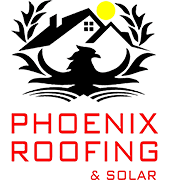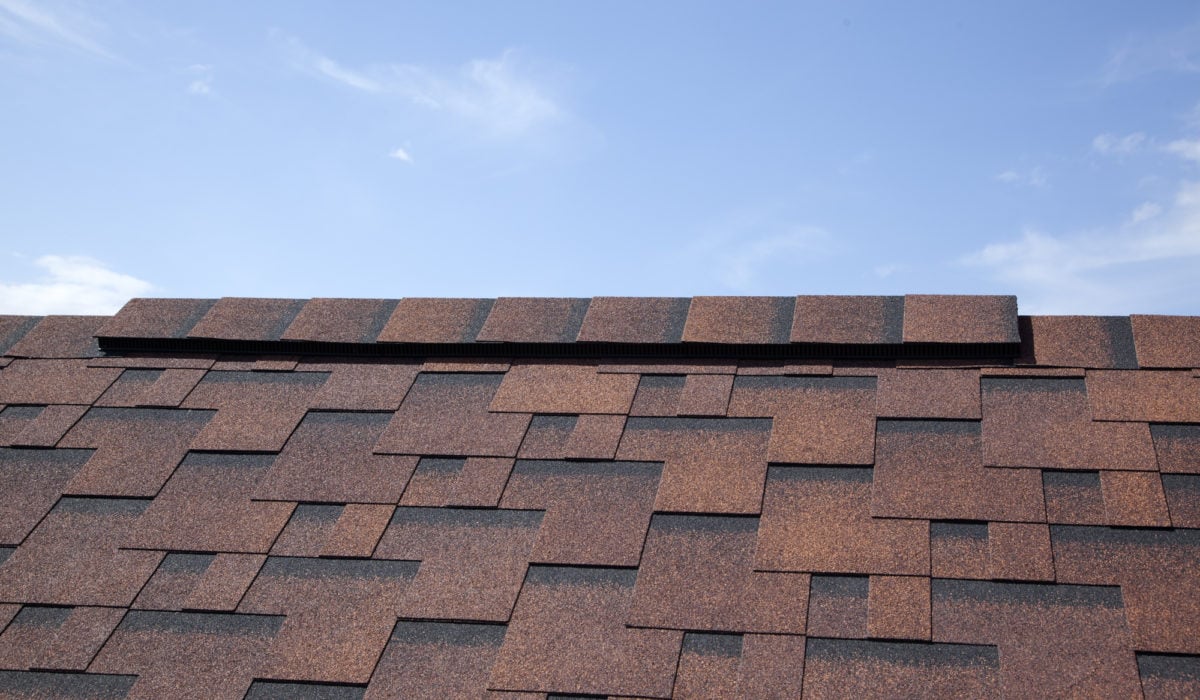- 0 Comment
When it comes to maintaining the structural integrity and longevity of your home, one often overlooked but crucial aspect is roof ventilation. Roof ventilation plays a vital role in the overall health of your roof and, by extension, your entire house. In this blog, we will explore what roof ventilation does for your roof and why it should not be underestimated.
1. Temperature Regulation:
One of the primary functions of roof ventilation is temperature regulation. During hot summer months, your attic can become a scorching heat trap, which, in turn, can lead to higher indoor temperatures throughout your home. Without proper ventilation, this excess heat can cause shingles to warp, deteriorate, or even crack. It can also lead to premature aging of your roofing materials.
Conversely, during cold winters, an improperly ventilated attic can lead to the formation of ice dams. These ice dams can cause damage to your roof and gutter system. A well-ventilated roof, on the other hand, helps maintain a more stable temperature in your attic, preventing these temperature-related issues.
2. Moisture Control:
Moisture is a silent enemy of your roof. It can lead to mold growth, wood rot, and even structural damage. Roof ventilation plays a crucial role in moisture control by allowing excess moisture to escape from the attic.
When warm, moist air from your living space rises into the attic, it can condense on the underside of the roof deck. Without proper ventilation, this condensation can lead to mold growth and wood rot. However, a well-ventilated roof allows this moisture to escape, keeping your attic dry and your roof materials in good condition.
3. Energy Efficiency:
A well-ventilated roof can also have a positive impact on your home’s energy efficiency. During hot summer months, an overheated attic can cause your HVAC system to work harder to cool your living spaces. This leads to higher energy bills. Proper roof ventilation helps reduce attic temperatures, easing the burden on your air conditioning system and ultimately saving you money on energy costs.
4. Extended Roof Lifespan:
Roofing materials are not cheap, and replacing a roof can be a significant expense. Proper ventilation can extend the lifespan of your roof by reducing the stress and wear and tear caused by temperature extremes and moisture buildup. A well-maintained roof can last significantly longer, providing better value for your investment.
5. Improved Indoor Air Quality:
The quality of air inside your home is directly affected by your roof’s ventilation. Without adequate ventilation, pollutants, allergens, and indoor odors can become trapped in your attic, eventually finding their way into your living spaces. Proper roof ventilation helps ensure that fresh air circulates through your attic, improving indoor air quality for you and your family.
6. Pest Control:
Roof ventilation can also deter unwanted guests from taking up residence in your attic. A well-ventilated attic is less attractive to pests like birds, squirrels, and insects. Proper ventilation can help keep your attic pest-free, preventing damage to your insulation and wiring.
In conclusion, roof ventilation is a critical component of a healthy and long-lasting roof. It regulates temperature, controls moisture, enhances energy efficiency, extends the lifespan of your roof, improves indoor air quality, and even helps with pest control. Neglecting proper roof ventilation can lead to costly repairs and compromises the comfort and safety of your home.
If you’re unsure about the state of your roof’s ventilation, it’s a good idea to consult with a roofing professional. They can assess your ventilation system and recommend any necessary improvements to ensure your roof remains in top-notch condition, protecting your home for years to come. Remember, a well-ventilated roof is not just about the roof itself; it’s about safeguarding your entire investment and ensuring a comfortable living environment for your family.

